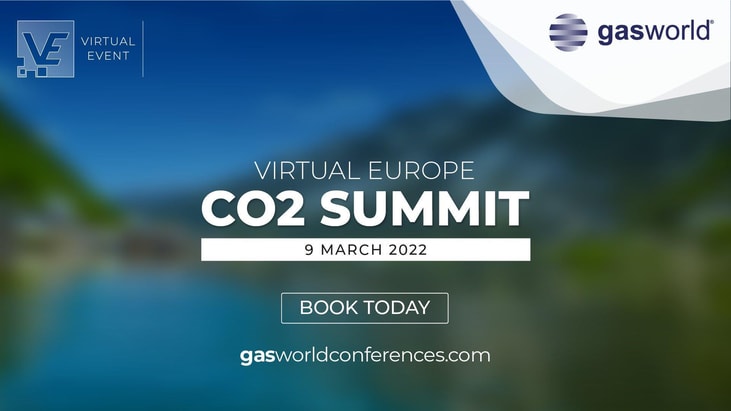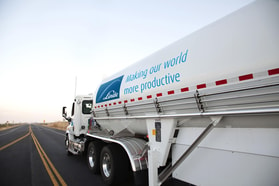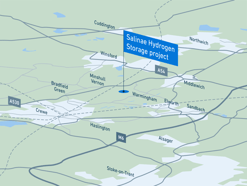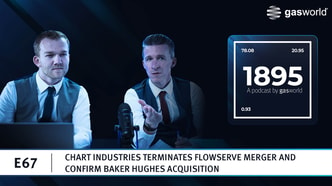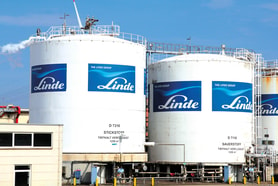Atlas Copco: CO2 recovery and compression
To accelerate the reduction of CO2 emissions, scaling-up of the relevant technology through increased commercialisation is a necessity. As the Global Product Manager for High Pressure Gases & Services at Atlas Copco, Alfonso Peschiera has first-hand experience in supplying solutions to the CO2 market, specifically in the sector of compression.
Speaking at gasworld’s ‘Europe CO2 Summit 2020’ virtual event, Peschiera explained Atlas Copco’s commercial approach to CO2 recovery, revealing that the main drivers have always been financial and resulted in relatively self-contained installations.
The company has more recently been taking a more coordinated approach through taxation, which makes new applications financially feasible.
... to continue reading you must be subscribed

